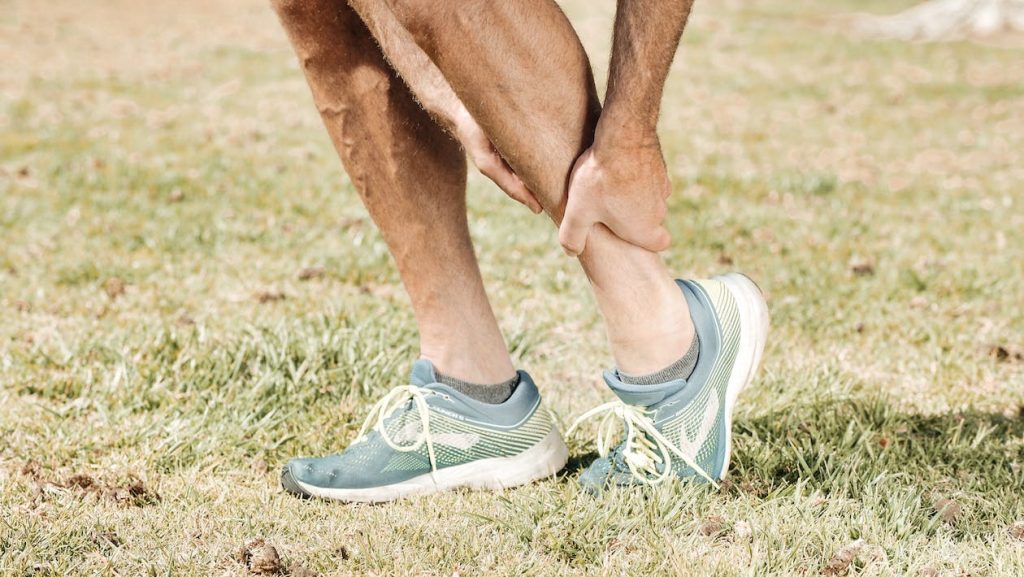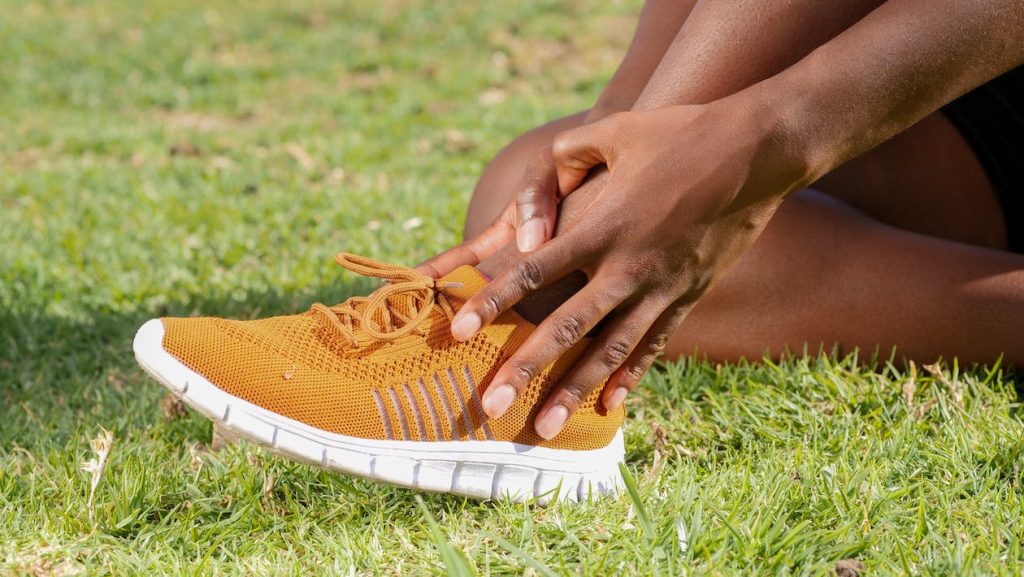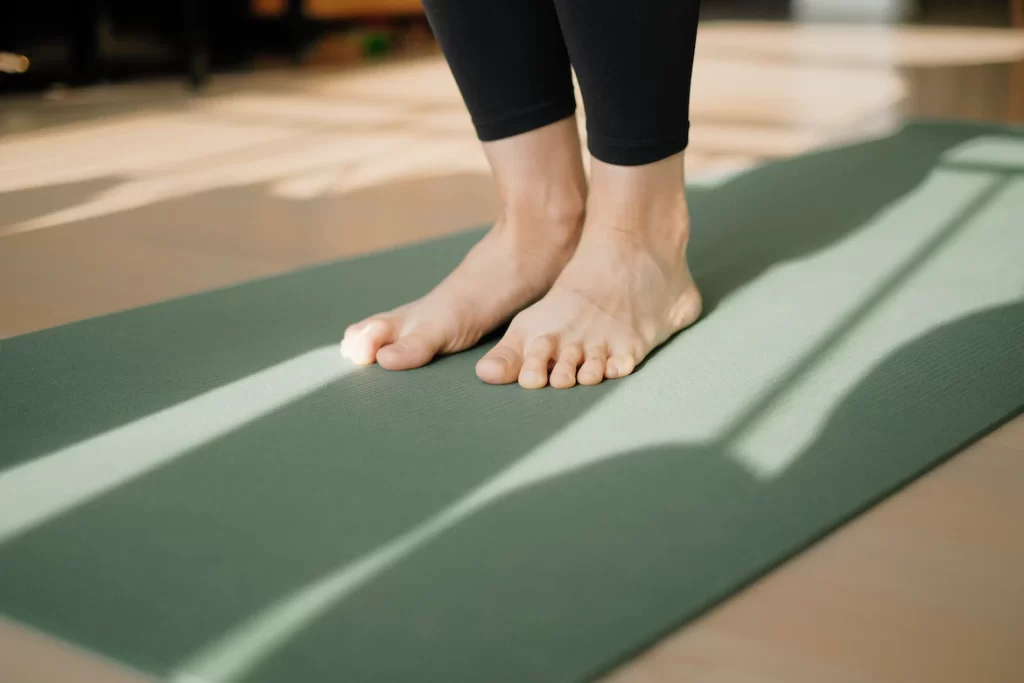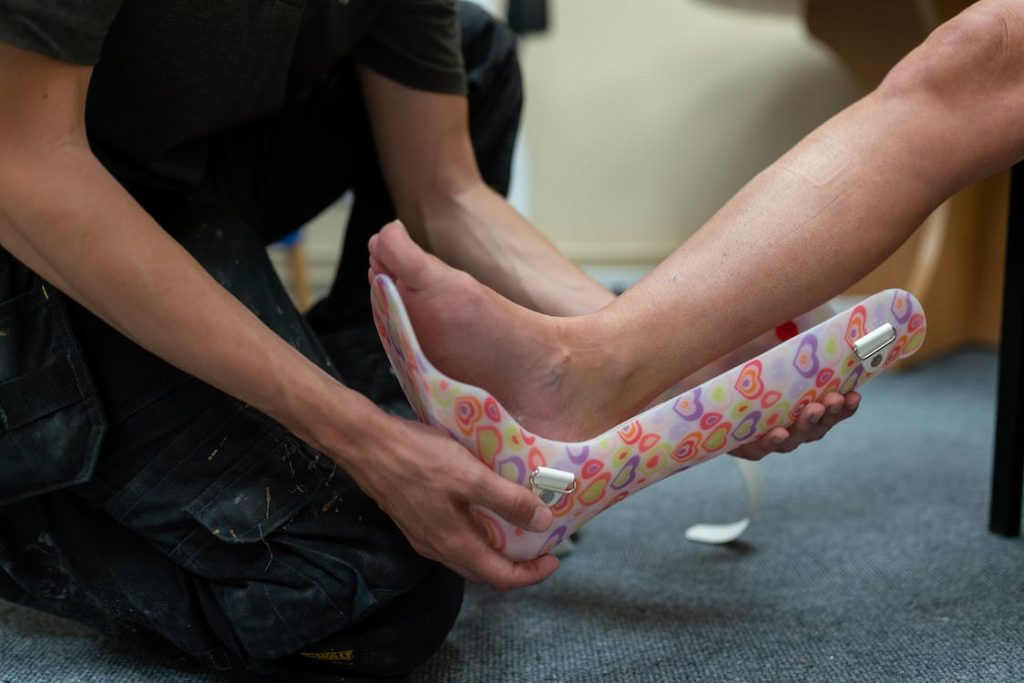Tips for Preventing Foot and Ankle Injuries
In today’s highly active society, foot and ankle injuries are common. You can fracture a foot, damage your Achilles tendon, or sprain your ankle, whether you’re a weekend warrior or a professional athlete.
Some foot and ankle injuries result from pure accidents, like a collision during a sporting event.
However, there are precautions people may take to avoid foot and ankle injuries, particularly while participating in sports or other activities.
Contents
Exercise your ankles and feet.
Stretches help to strengthen and increase the ankle and foot joint’s range of motion. Stretches also improve flexibility and improve muscular function by increasing blood flow. Future injuries may be avoided with stretches that will enhance ankle strength and flexibility.
The most significant benefit for the ankles comes from these four stretches.
Ankle circles
Legs are bent in front when you sit on the ground. Slow circles can be made with the lifted ankle as you cross one leg over the other. To get the most effective, rotate the ankle and foot both clockwise and anticlockwise, vertically and horizontally.
Heel stretch
With one leg slightly bent, take a seat on the floor. Wrap the top of the foot in a towel. Pull back slowly until your calf and heel start to feel stretched. Repeat with the other leg.
Single-leg balance
Hold for 20 to 30 seconds while standing on one foot with the knee slightly bent. The body may begin to tremble, but this is just the leg muscles contracting. Minimize trembling by controlling the ankle. On the other leg, repeat the exercise.
Calf raises
Standing with your feet slightly wider than hip-width apart, move your weight to your toes and slowly lift your heels off the floor. Keep the ankles in a neutral position to stop them from rolling out.
Proper Footwear
Choose a shoe that supports both the front of your foot and the arch if you have low arches. The shoe’s back needs to be solid. The impact from walking or running needs to be absorbed by stronger feet with higher arches, which require more cushion, like cross trainers.
Look for footwear with wide, firm soles that provide sufficient support. This reduces the chance that you will trip or twist your ankle when running or walking.
Make sure there is enough space for your toes. Too-narrow shoes add to crowding in the toe box, which can cause angular toe abnormalities.
Use a brace.
In order to prevent further injuries, especially when participating in sports or activity, you might want to consider wearing a brace if you’ve previously suffered from an ankle or foot ailment such as a sprain, tendonitis, stress fracture, or heel pain.
An ankle brace is actually twice as efficient at preventing injuries than ankle tape, according to the Clinical Journal of Sports Medicine. In addition to adding support, ankle braces can also help with swelling control.
Since numerous designs and choices are available, speak with your doctor to ascertain which brace is most appropriate for you.
However, not all braces are required to be worn to sleep. To learn more about braces, check out our guide if you need to sleep with an ankle brace and what level of injuries requires you to wear it.
Recognize the differences between sprains and fractures.
Make sure you receive the appropriate care if you do hurt yourself. If the discomfort is manageable, you can treat the wound at home with over-the-counter drugs and with this method:
Rest your leg then add ice to your ankle for up to 20 minutes every two to four hours until swelling starts to go down.
Wrap the ankle in an elastic bandage to compress it, elevating the ankle and foot.
If you cannot bear weight on your foot or if your symptoms do not improve with at-home care, get an X-ray. Because ankle sprains may damage or overstretch the ligaments responsible for supporting the joint, they raise your Risk of falling again.
Make an appointment with an orthopedic surgeon if, after initial treatment, your pain doesn’t improve.
Improve your balance.
As we age, balance problems can result in falls, tripping, or other ailments like ankle sprains. The elderly and athletes alike can both gain from balancing training.
Spend time practicing balancing on one foot while brushing your teeth or using a BOSU to execute exercises like squats or lunges. Physical therapy might also help you improve if you have more severe balance problems.
Avoid stepping or sprinting on inclines.
Try to exercise caution when walking or running over rocky or gravelly hills. When trail running, holes, tree stumps, and roots can provide challenges for your ankle and feet.
If you can, try to choose a suitable surface. If you’re competing, though, practice on the terrain you’ll be running on.
Be cautious.
It’s advised to gradually increase your activity level if you don’t usually participate in sports or follow a steady fitness regimen.
High-intensity sports, especially those that require a lot of running, jumping, and cutting, as well as long-distance running after a long time of inactivity, put a lot of strain on the untrained muscles and joints in the feet.
You are more prone to have a sprain, strain, or stress fracture if you don’t gradually increase your level of exercise.
Bottomline
Above all the above tips, always pay attention to your body. Seek medical help if you have persistent pain or pain that occurs when you are moving around. Pushing through discomfort runs the Risk of causing harm or making an injury worse.
In addition, another case of common ailment currently is diabetes. According to recent statistics, about one in ten Americans has diabetes. It’s likely that you, someone in your close circle, or both have it or could get it.
Thankfully, diabetes can be managed very well these days, be sure to check our 3 Steps to Preventing Diabetes if You’re at Risk; this can be useful for you and your loved ones.








